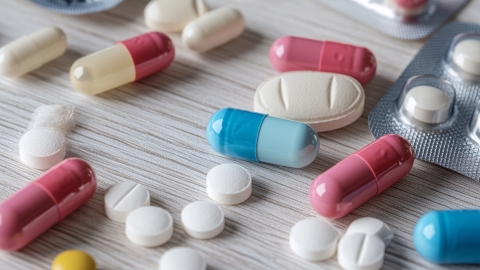What are the fastest methods for reducing foot swelling in elderly individuals?
There is generally no fastest way to reduce foot swelling in the elderly. Foot swelling in older adults may be caused by prolonged standing or sitting, aging, lower limb varicose veins, heart failure, kidney failure, and other factors. Swelling can usually be relieved through lifestyle modifications, physical therapy, medication, and other treatments. If abnormalities occur, prompt medical attention is recommended. Detailed explanations are as follows:

1. Prolonged standing or sitting: Maintaining a standing or sitting posture for extended periods can hinder venous blood return in the lower limbs, causing blood to accumulate in the feet and resulting in swelling. It is recommended to change postures regularly, engage in appropriate lower limb exercises to promote blood circulation, and elevate the feet to help reduce swelling.
2. Aging: With advancing age, vascular elasticity declines, blood circulation slows, and the ability of blood to return from the lower limbs weakens, making foot swelling more likely. Appropriate mild exercises such as walking or tai chi can improve circulation. Elevating the feet during rest also helps venous return.
3. Lower limb varicose veins: Abnormal function of the venous valves in the legs leads to impaired blood return, causing blood to pool in the leg veins, resulting in vein dilation and twisting, and subsequently foot swelling. Symptoms often include leg heaviness, aching, and skin pigmentation. Treatment typically involves medications such as Venoruton tablets, Diosmin tablets, or Hesperidin flavonoid tablets, as directed by a physician. Wearing medical compression stockings may also be beneficial.
4. Heart failure: Weakened cardiac pumping function leads to systemic venous congestion, causing blood to accumulate in the lower limbs and resulting in foot swelling. Common accompanying symptoms include fatigue, shortness of breath, coughing, and sputum production. Doctors often recommend medications such as Digoxin tablets, Furosemide tablets, or Spironolactone tablets for treatment.
5. Kidney failure: Declining kidney excretory function leads to water and sodium retention in the body, causing excess fluid to accumulate in the feet and result in swelling. Symptoms often include reduced urine output, increased foaming in urine, fatigue, and loss of appetite. It is recommended to use medications such as Shennaining Capsules, Uremic Clear Granules, or Bumetanide tablets under medical guidance.
In daily life, elderly individuals should maintain a healthy lifestyle, including avoiding prolonged immobility, limiting salt intake, and engaging in moderate lower limb activity to reduce the occurrence of foot swelling.




